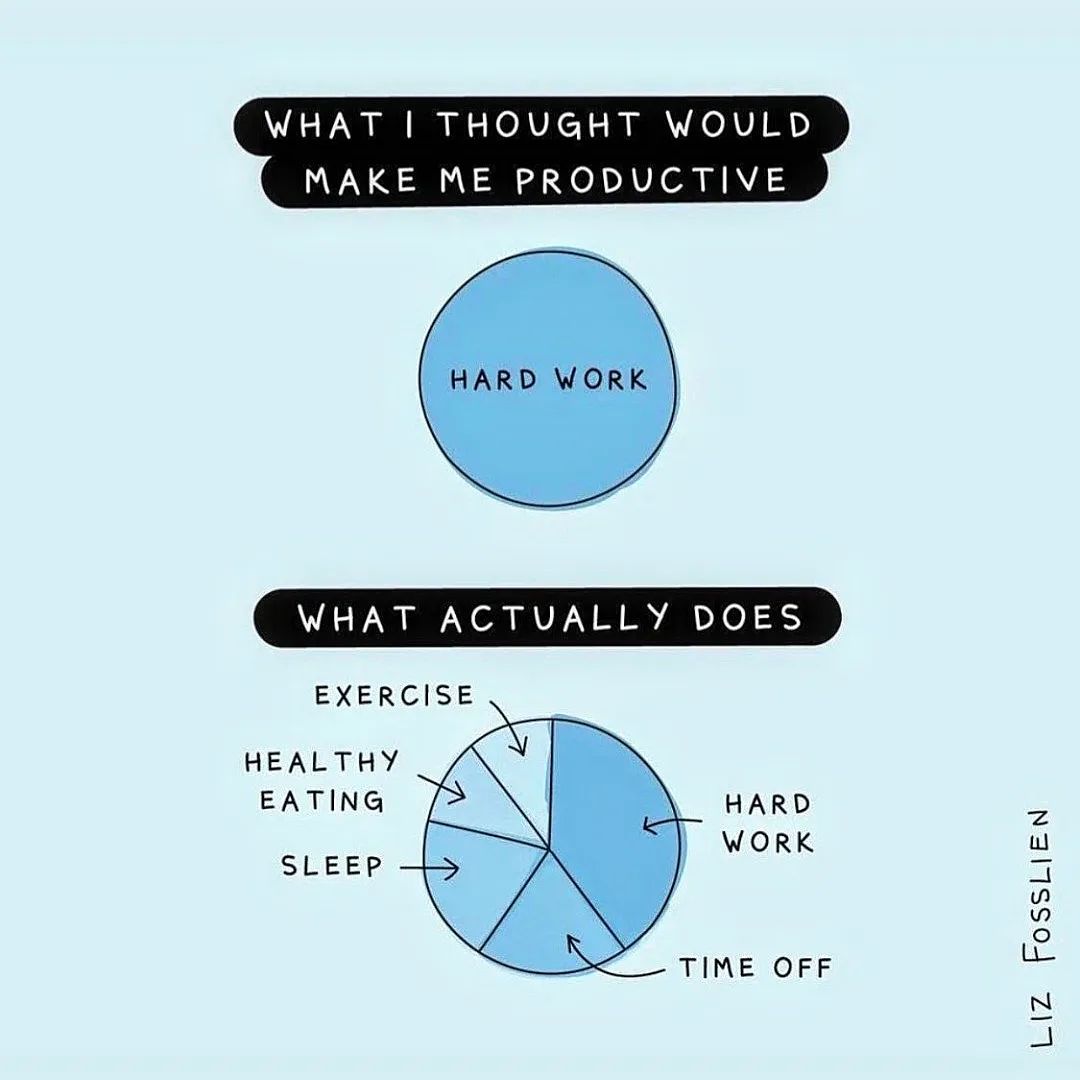Back in my younger days, I too advocated the approach depicted in the upper part of the picture, believing that hard work was the sole significant determinant and key to success, both in life and fitness. After couple of years, some setbacks and injuries, fortunately not too many, some valuable advice from others, continuous education, a bit of wisdom, and numerous practical examples, I realized that the path to success is like a puzzle and is never, absolutely never, linear!
We’ve talked about the three pillars of fitness before, which we can reiterate here: training, nutrition, and rest, including sleep, as the foundation of any well-structured and successful fitness journey. If we consider hard work as the fourth element, we are left to add and emphasize smart work as the fifth. In this case, it would involve the aforementioned ‘time off’, colloquially referred to as taking a break from training, be it via deload weeks, active rest weeks or just plain old rest/no-training-whatsover period.
Professional athletes have the time between competitive seasons, professional bodybuilders have the time between competitions, and during preparations, they have the aforementioned deload weeks, which we’ll discuss in more detail on another occasion. A significant number of recreational athletes, however, have the belief that you must train hard throughout the entire year to achieve something, similar to the 100-0 approach to nutrition. The body cannot sustain such an approach long-term, and if something is not sustainable, then it becomes questionable.
In the second part of this post, we will discuss how you can train year-round, which is certainly achievable but not in the context of a ‘no-days-off-24/7-365-days-a-year’ approach.
Original release date: June 26, 2022






